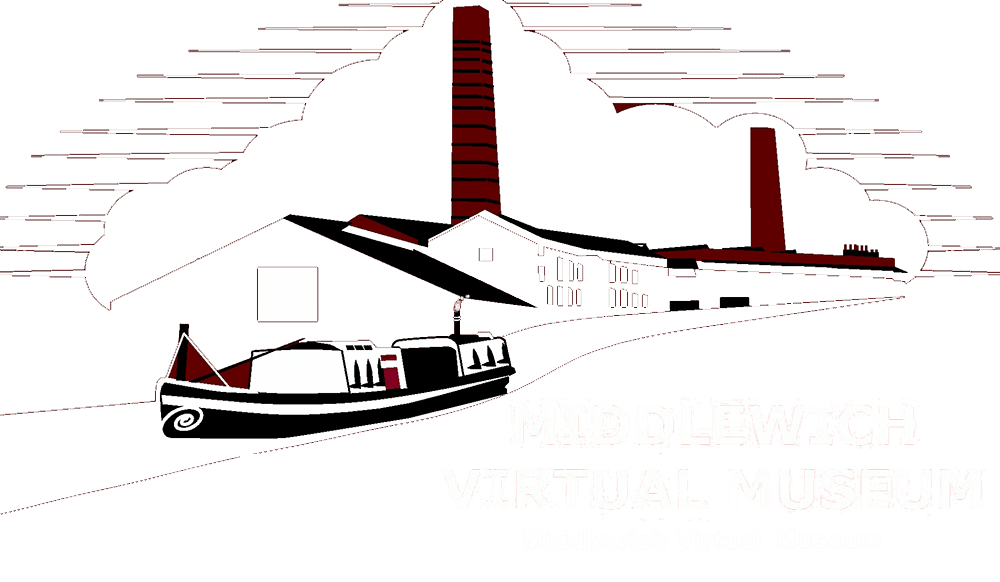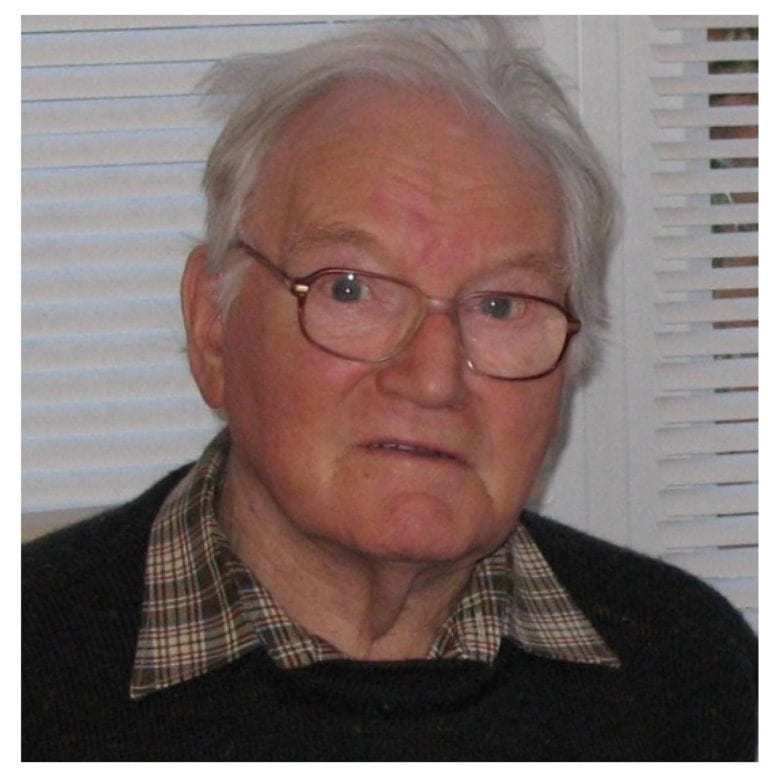About George Twigg
George was a chemical engineer who worked for BP Chemicals aka Murgatroyd’s Middlewich and took a keen interest in the history of the company and the salt industry in general. George was one of the volunteers working with Lady Rochester and Brian Curzon to re-open the Salt Museum, Northwich. His personal archive includes photographs, objects, technical papers, drawings, film footage, maps etc. George Twigg had produced a few printed leaflets and gave historical advice to anyone who wanted it and he was instrumental in ensuring that Murgatroyd’s Brine Pump was preserved and scheduled for future generations. This archives page is dedicated to George’s work and his passion that his research should be accessible to all.
These images are a selection from George’s collection. We are continually adding images. If you are searching for something in particular please get in contact. All these images are in low resolution. If you need a copy at a higher resolution please email: middlewich.heritage.trust@gmail.com
The images were transferred to Middlewich Heritage Trust by George Twigg with permission for their use in the public domain.
As the Brine Pumps ceased operation in 1977, the drawings were no longer required. However, B P Chemicals made the decision to save the building and so the drawings were given to George. The drawings also had another use. The saltworks were recorded in detail by film, photograph and drawings. These were used to record the works before demolition and to make a detailed scale model of the works and of the pumps. The latter was given to Alan Jewsbury, a retired general manager, the former was presented to the then ‘Salt Museum’ in Northwich. It is this model the Trust now has in store, with a view to putting it on display in Middlewich.

